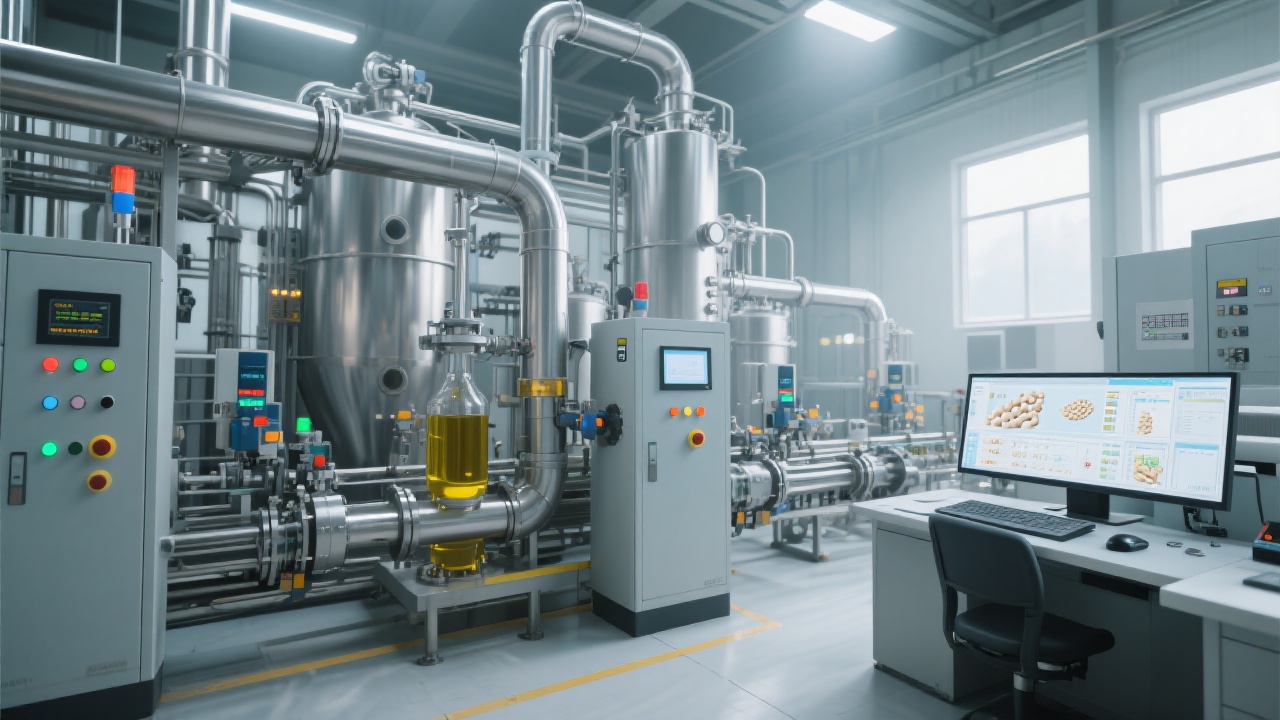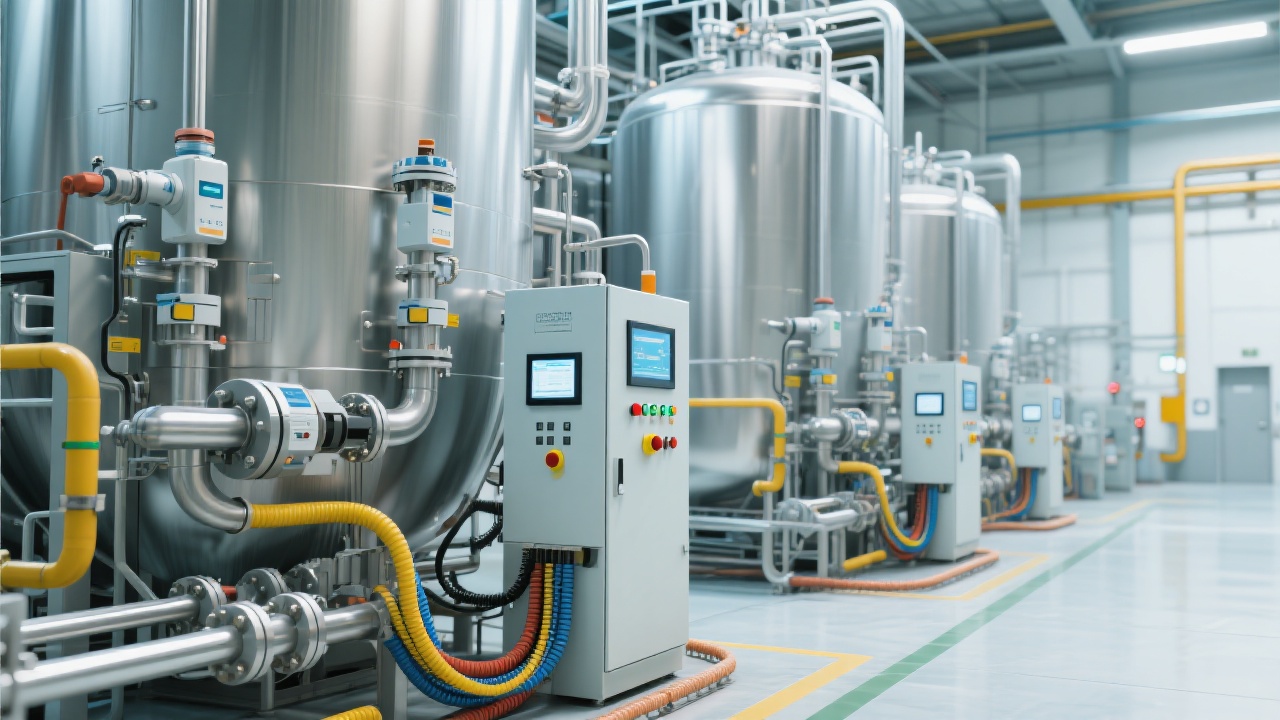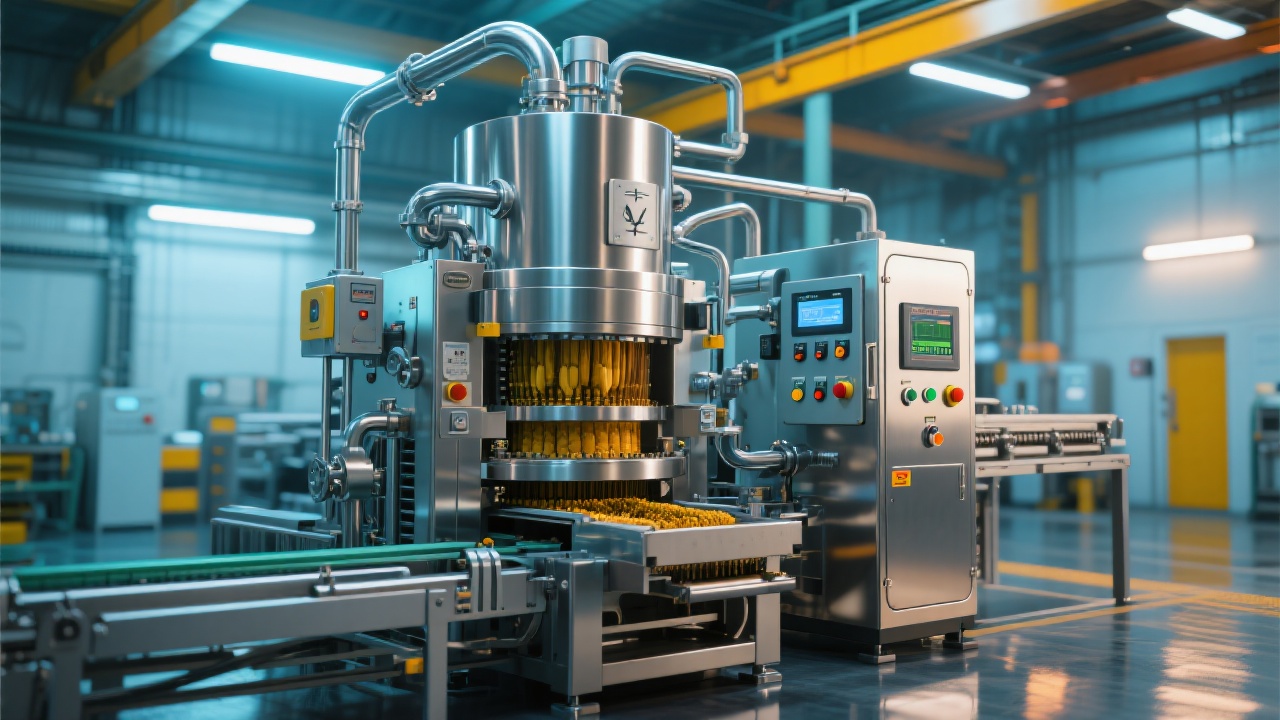
In the competitive palm oil industry, choosing equipment that delivers both performance and efficiency is no longer optional—it's a strategic necessity. For buyers in Nigeria and beyond, understanding real-world metrics like steam consumption (300 kg/t oil) and electricity use (22 kWh/t oil) can mean the difference between profit and loss.
Most traditional palm oil plants consume over 400 kg steam per ton of oil—often due to inefficient heat exchangers or outdated pressure vessels. Our solution? A closed-loop thermal system using stainless steel 304 components and precision-engineered condensers. In field tests at a Nigerian mill, this reduced steam usage from 420 kg/t to just 275 kg/t—a 34% reduction in energy costs per batch.

| Equipment Type | Avg. Steam Use (kg/t) | Avg. Power (kWh/t) |
|---|---|---|
| Standard Plant | 420–480 | 28–35 |
| Our System | 275–300 | 18–22 |
It’s not just about numbers—it’s about consistency. We use high-grade materials such as AISI 316L stainless steel for pumps and pressure vessels, which resist corrosion even in humid tropical climates like those found in West Africa. This choice cuts maintenance downtime by up to 60%, compared to carbon steel systems prone to rust after 6 months of continuous operation.

Continuous operation is critical in palm oil mills where peak season lasts only 4–6 months. Our PLC-based control system ensures automated start-up, real-time monitoring, and fault detection without manual intervention. One client in Benue State reported zero unplanned shutdowns over 180 days—thanks to predictive alerts and self-diagnostic logic built into the software.
“What surprised us most wasn’t just the energy savings—it was how smoothly the system ran during our busiest month.”
— Engineer, Lagos Palm Oil Co., Nigeria
All units meet national pressure vessel standards and ISO 9001:2000 quality management protocols. This means safety isn't an afterthought—it's embedded in every weld, every valve, every sensor. With proper documentation and third-party audits, you're not just buying equipment—you’re securing investment protection.

Ask yourself: Is your current setup ready for high-volume, low-cost production? If you’re considering upgrading or building a new facility, let’s talk. We’ll help you calculate your potential savings based on actual usage data—not just marketing claims.

